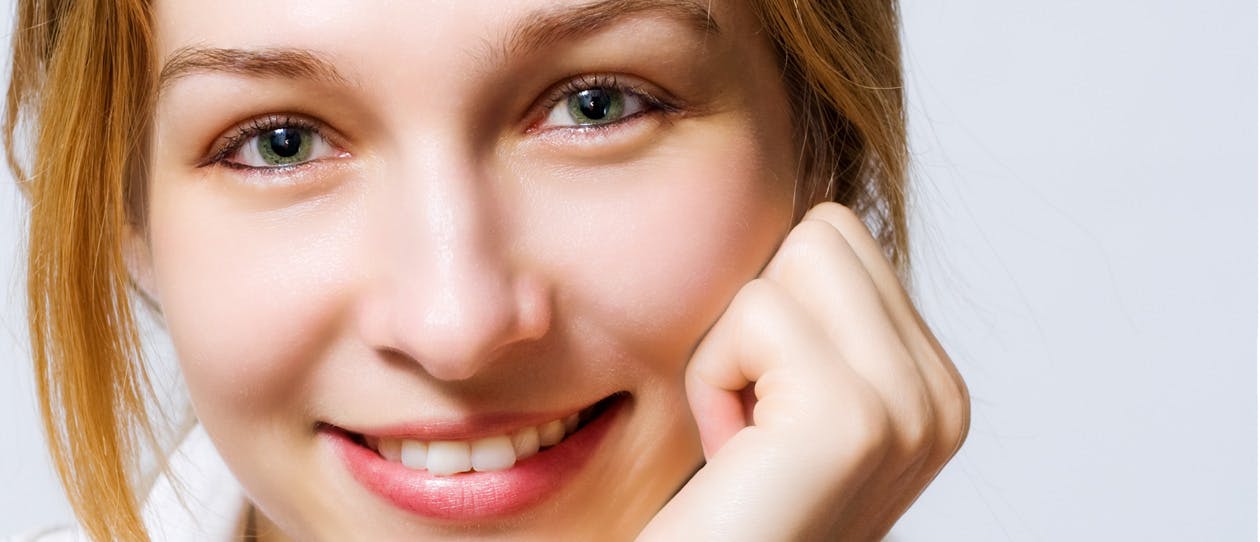
- Health hub/
- Guide To Protecting Your Nails, Hair And Skin/
- Acne: it’s not just skin deep


It’s such a source of embarrassment to some teenagers that they withdraw socially, risking work and study opportunities along with new friendships as a result.
But common acne (acne vulgaris) affects around 85 per cent of people aged 12 to 25, and is severe in 5 per cent of Australians.
What causes acne?
Acne is caused by a blockage to the skin’s sebaceous glands (oil glands). These glands secrete sebum, which normally serves to keep the skin supple and healthy. Blockages take on various forms – blackheads, whiteheads and red inflammation – and each individual pimple takes two to three months to develop. This is why it is important to persist with any new treatments.
Reasons for such blockages to the sebaceous glands include:
- Family tendency
- Increased levels of androgenic hormones due to:
- Polycystic ovaries (common)
- Enzyme deficiencies (rare)
- Excessive corticosteroids (rare)
- Pyschological stress and low mood
- Environmental factors such as:
- High humidity
- Certain cosmetics (especially moisturizers and other products containing lanolin, petrolatum, vegetable oils, butyl stearate, lauryl alcohol and oleic acids)
- Petroleum oils
- Pressure from headbands
- Some medications
What doesn’t cause acne
There is no conclusive evidence that specific foods such as chocolate, milk, citrus fruits or soft drinks cause acne. Neither is acne caused by poor hygiene (in fact, excessive scrubbing can make it worse). Equally, sunlight is not beneficial for acne. Overexposure to ultraviolet rays can lead to premature ageing and damaged skin cells.
Eat right for better skin health
While there may not be any specific skin villains, there is evidence that high glycaemic-index (GI) foods such as refined breads, pastas and sugars may contribute to increased acne outbreaks and worse symptoms, says Blackmores Advisory naturopath, Carl Gagnon.
“I recommend eating lots of colourful or green leafy vegetables with every meal, and berries as a source of antioxidants,” he says. “Avocados, nuts, flaxseeds and fish contain omega-3 essential fatty acids and are nourishing and anti-inflammatory, while seafood is rich in beneficial minerals like zinc, selenium and iodine.”
Dr Amanda Oakley, specialist dermatologist and administrator of the New Zealand Dermatological Society’s website, acknowledges the link between low-GI diets and reduced acne. “But this diet can be hard to follow unless people really educate themselves about diet. You may think you’re eating a low-GI diet because you don’t eat chocolate, but in fact you’re high-GI if you’re eating a lot of white bread and pasta,” she explains.
A range of treatments
Dr Oakley points out that there is no one-size-fits-all approach to acne treatment.
“Treatment depends on whether you’re male or female, taking any medications, suffering from mild or severe acne, and so on,” she says.
Stress less
“Stress can increase androgen, which will provoke acne temporarily or for a prolonged period,” says Dr Oakley. “Low mood can also be a big problem.”
Carl Gagnon explains that ongoing stress diverts the energy to where it is most needed: the brain, nerves and muscles. “This means that functions of other non-essential systems such as digestion, immunity and the reproductive systems are dampened. Stress also uses reserves of nutrients like zinc and vitamin C, which depletes the nourishment to the skin,” he says.
Did you know?
That each individual pimple takes two to three months to develop? This is why it is important to persist for several months with any new treatments.
References available on request




